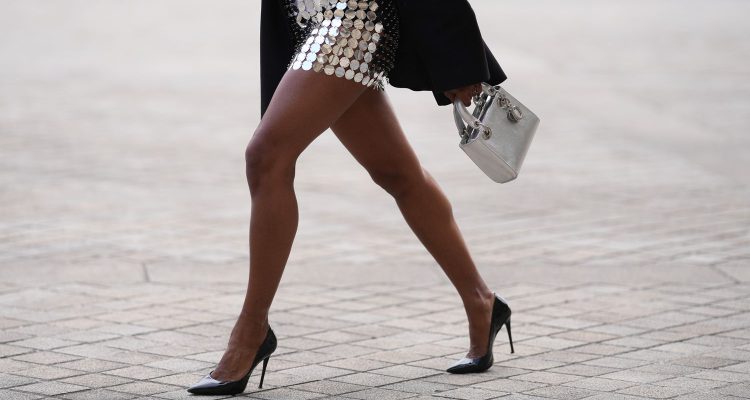
The discussion regarding women’s clothing in Malawi, particularly the issue of miniskirts in the workplace, has grown as Gen Z embraces this trend.
Many men feel uncomfortable with this shift, leading to debates about evolving attitudes toward fashion and gender roles. Conversely, some maintain that this style doesn’t align with our cultural values.
Community leader Alick Kanyamula from Kaliyeka 1 in Lilongwe remarked, “The trend of wearing miniskirts and other exposing attire has become rampant,” expressing concern that exposing the body does not align with Malawian culture.
As the discourse unfolds, certain companies, especially in marketing and sales, promote the idea of women wearing miniskirts to attract male attention and enhance business engagement.
However, this issue has sparked widespread concern. For instance, in 2016, Malawi Savings Bank (now FDH Bank) implemented a ban on miniskirts due to management worries that such attire might “offend family members,” highlighting concerns about personal dignity.
Amidst these contrasting views, Kettie Kamwangala, President of the Black Indigenous Business Network, emphasized that while short dresses are more accepted today, “extreme short dressing should be left out for the streets and not offices.”
She argued that confidence and comfort in office attire should reflect professionalism, stating, “As age defines us on what to wear, we should also feel confident and comfortable in what we wear in our offices.”
In stark contrast , MilangaMzeza, a female entrepreneur in Mulanje, dismissed the idea of agreeing with miniskirts, revealing that even God is not happy with women exposing their bodies.
She cited 1 Timothy 2:9, which states: “I also want the women to dress modestly, with decency and propriety, adorning themselves, not with elaborate hairstyles or gold or pearls or expensive clothes.”
Transitioning to the fashion perspective, designer Roy Banda, known as Roy View, noted that many women feel “more comfortable and fashionable” in miniskirts compared to longer skirts.
He suggested that certain office outfits look better with shorter styles but acknowledged that the exposure of women’s legs could “fuel men’s sexual desires and increase sexual abuse in offices and different places.”
As the conversation broadened, Fred Sambani, a business figure, framed the issue as an evolving trend influenced by Western culture. He asserted, “Adopting certain elements of Western culture is normal, as it is where advanced societal development began.”
He noted that throughout the era of one-party systems, miniskirts were fashionable in certain places. For example, women employed by Air Malawi, particularly air hostesses, often wore them in line with their international responsibilities, but the same women could not dress that way in religious places or their villages.
Finally, encapsulating the spirit of change, one Gen Z female noted, “Individuals must adapt to change by embracing cross-cultural integration. Although technological gadgets and communication were initially dismissed, we now make good use of them.”
In conclusion, as the debate rages on, it’s clear that this issue is not just about fashion; it’s a reflection of shifting cultural norms and the delicate balancing act between tradition and modernity.
After all, in the world of fashion, one person’s expression can be another’s discomfort, proving that when it comes to clothing, the line between personal choice and societal expectations can be as thin as a thread.














